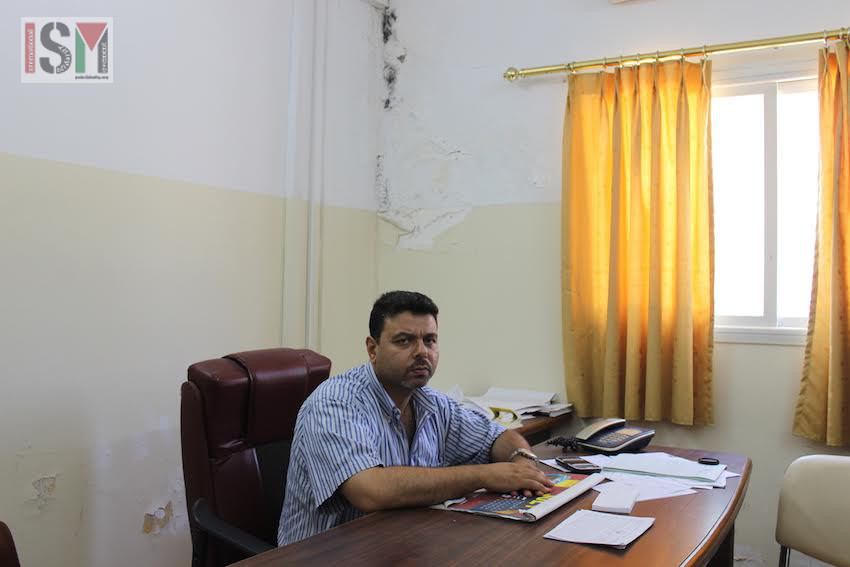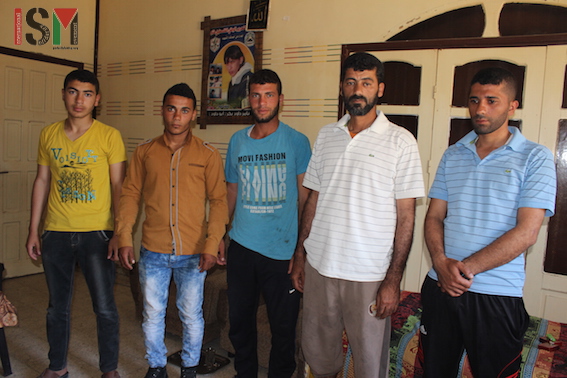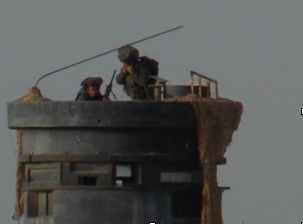Tag: Gaza Siege
-
Interview to Dr.Rami Mokdad, head of the Oncology Department from Shifa Hospital in Gaza
10th July 2015 | International Solidarity Movement, Gaza Team | Gaza, Occupied Palestine No private hospital in Gaza treats cancer, only the public ones, and that the treatment is free of charge. “At Shifa Oncology Department we treat everyday 150 patients, and we are in total 3 doctors, 5 nurses and have just 15 beds.…
-
Attacks on fishermen continue in Gaza
13th June 2015 | International Solidarity Movement, Gaza Team | Gaza, Occupied Palestine During the last weeks, the Israeli military has been shooting at the fishermen of Gaza almost daily with rubber coated steel-bullets and live ammunition. They also kidnapped 15 fishermen. Three of the injured and seven of the kidnapped belong to the Baker…
-
In Gaza the farmers irrigate the land with their blood
18th March 2015 | Valeria Cortés | Khuza’a, Gaza, Occupied Palestine Tilling the land in Gaza is one of the most dangerous jobs in the world. The Zionist Occupation Forces fire on the peasants and their families while they sow or harvest their own land near the infamous Zionist fence which surrounds Gaza. They also burn their…



